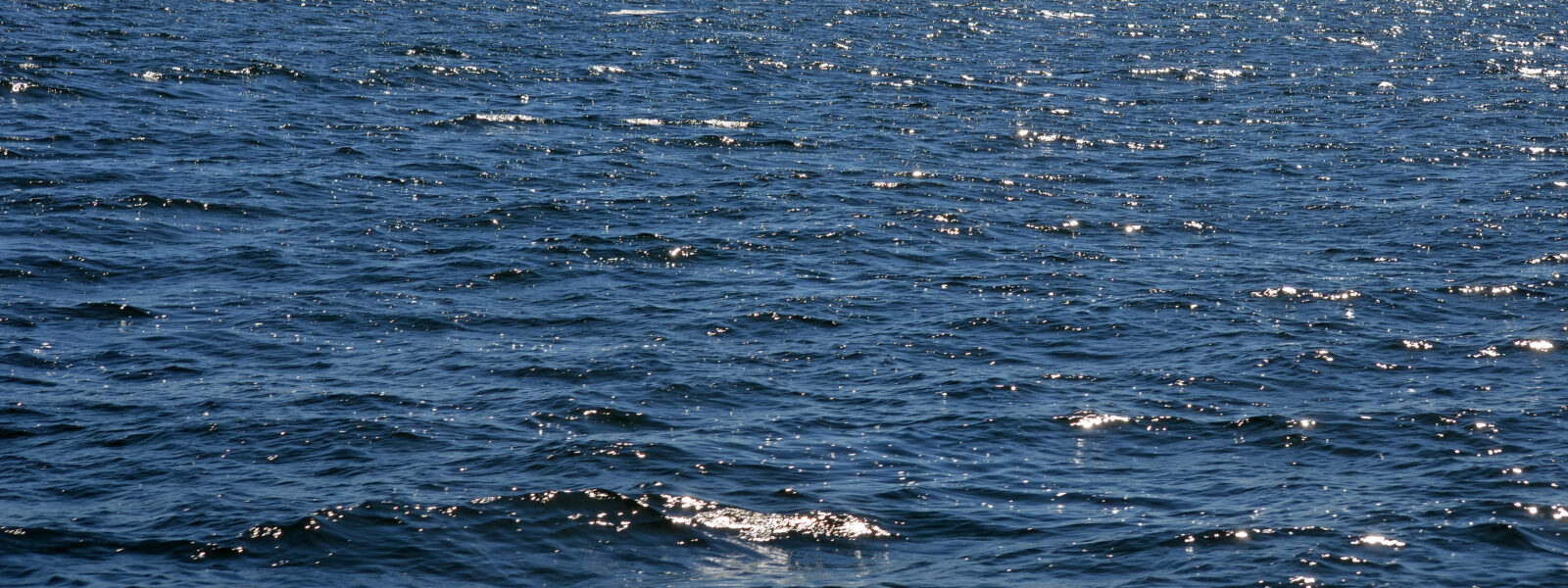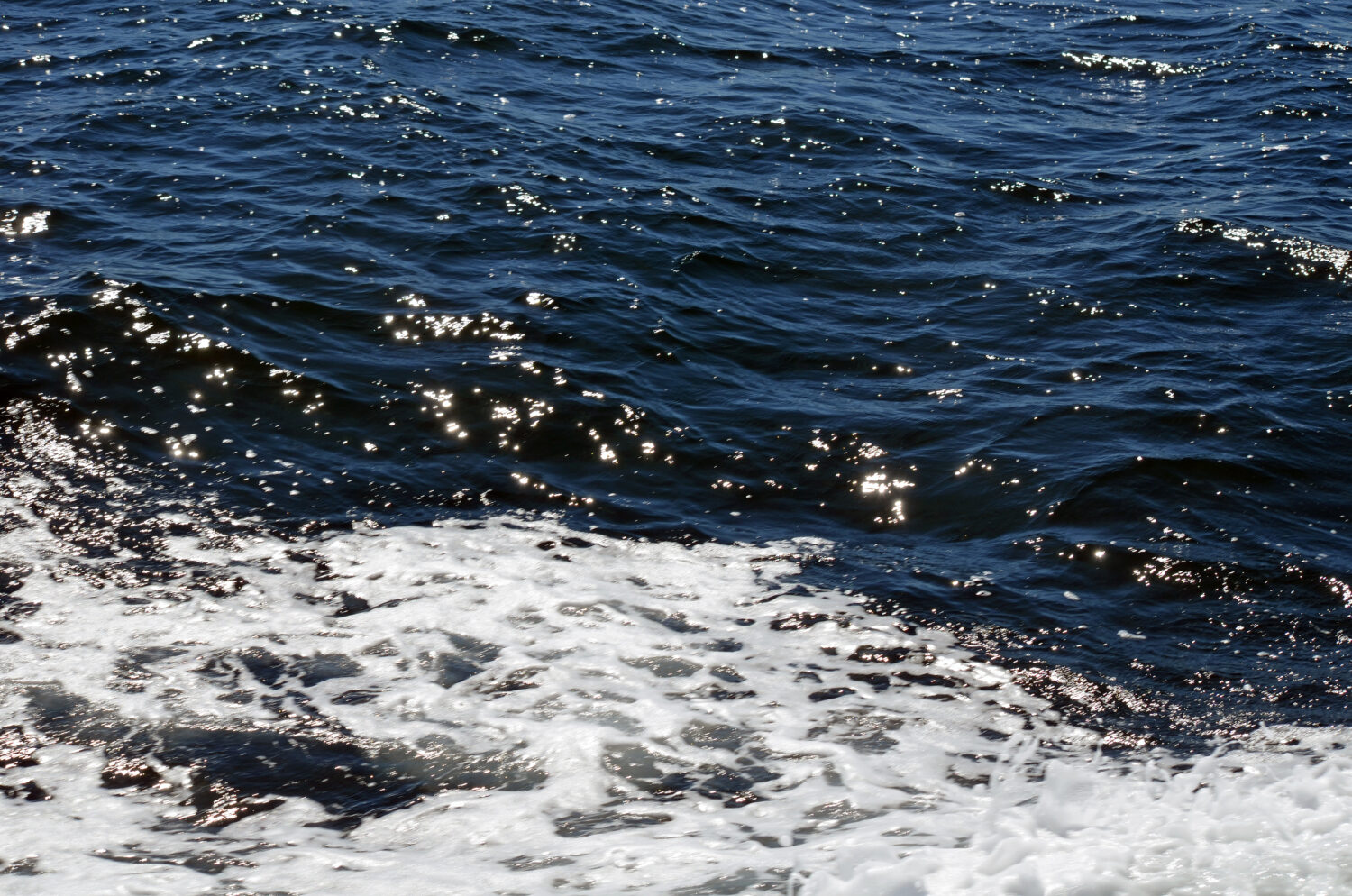
Abalone, Otters, and Indigenous Peoples
Photo Credit: Mark J. Palmer
The Various Cultural and Ecological Impacts of Exploitative Fisheries and Climate Change
By Tara Van Hoorn
Tara Van Hoorn is an intern with the International Marine Mammal Project of Earth Island Institute and majors in Conservation Resource Studies at the University of California, Berkeley.
Along the California coast, a variety of species of sea snails known as abalone are one of the most sought-after resources, with hunters diving after their ornate shells and delicate meat. However, their populations are dwindling fast because of over-fishing and the impacts of climate change.
While this legacy of exploitation has harsh implications for California’s economy and marine health, it also is a huge loss for Indigenous communities that have sustainably tended and harvested these shellfish for more than 10,000 years – and possibly longer.
Tribes such as the Chumash, Ohlone, and Hupa are among the dozens of California tribes that are experiencing this cultural destruction. In many of these communities, abalone is seen to be of high importance both for its meat and its shells, which are used to adorn ceremonial regalia and were once a centerpiece of the complex pre-colonial trade systems among tribes.
Due to the abalone-hunting ban, established in 1997 with subsequent modifications, by the California Department of Fish and Wildlife, many of these tribes are now banned from accessing this culturally-important resource, further disconnecting them from the traditions that were forcefully stolen from them during the mass genocide of settler colonialism in the US.
These small but precious shellfish still face numerous threats including poachers, warming waters, and ocean acidification, which are all working together to decimate their once-abundant population. Abalone are an integral part of the kelp forest ecosystem, which is one of the most productive and biodiverse ecosystems in the world, serving various marine animals large and small including seals, whales, dolphins, and hundreds of fish species.
Yet, purple sea urchins are quickly turning these lively kelp forests into barren seascapes as their extremely high population numbers are overgrazing various native kelp species.

Photo Credit: Mark J. Palmer.
This is all linked to the extreme population decline of sea otters (Enhydra lutris) on the California coast. Like abalone, sea otter populations were also decimated by colonial hunters and fur industries, ruining sustainable harvesting practices performed by various Native American tribes along the coast. By the end of the 19th century, sea otters were thought extinct in California, but a small band held out along the rugged Big Sur coast.
Attempts to increase sea otter populations have had limited success, with the disease, shootings, and pollution impacts restricting recovery. In 1977, the sea otter, after a bitter fight with commercial interests, was listed by the federal government as “threatened” under the Endangered Species Act, a category slightly better than “endangered.”
This decline has dire consequences not just for otter populations, but also for the health of the kelp forest ecosystem. Sea otters are considered a “keystone species” in the kelp forest, meaning they are central in maintaining balance and biodiversity in the ecosystem.
As an example, sea otters are the main predators of purple sea urchins, which, as mentioned above, are destroying kelp forests at rapid rates today. Because there are so few sea otters to feed on these hungry urchins and because of the limited modern range of the sea otters, the urchins are wreaking havoc on the kelp forests, ruining ecological opportunities for numerous organisms, including abalone.
As evident in this crisis, the loss of ecological diversity and culture go hand in hand. Native species like abalone and sea otters that have thrived in California’s oceans for thousands of years are threatened by our current resource management systems of exploitation and profit that were built upon colonial ideals. This is consequently preventing numerous Indigenous tribes from harvesting resources, like abalone, that their cultures depend so heavily on, but few people are aware of the cultural impacts of this crisis.

Photo Credit: Mark J. Palmer
Because Indigenous Peoples have been neglected and ignored, we must “indigenize” environmental issues in order to understand how such problems are impacting these tribes and cultures. One necessary solution is to grant such tribes increased sovereignty to control, protect, and sustainably harvest these resources.
Another way to help alleviate the damage of the abalone crisis and its impacts on Indigenous Peoples is by supporting the proposal for the Chumash Heritage National Marine Sanctuary.
If this marine protected area is approved, it would safeguard 7,000 miles of ocean off the coasts of Santa Barbara and San Luis Obispo, providing additional protection for the endangered black abalone and sea otter populations.
The sanctuary would also defend thousands of miles of Chumash territory that has been exploited for centuries by the colonial systems of resource usurpation and marginalization of Indigenous tribes. Tribes would have an ongoing role in managing the Sanctuary.
It is time to start thinking about those that our society has historically neglected, but it requires the will to address past wrongs and to make amends for Indigenous Peoples and planet Earth.